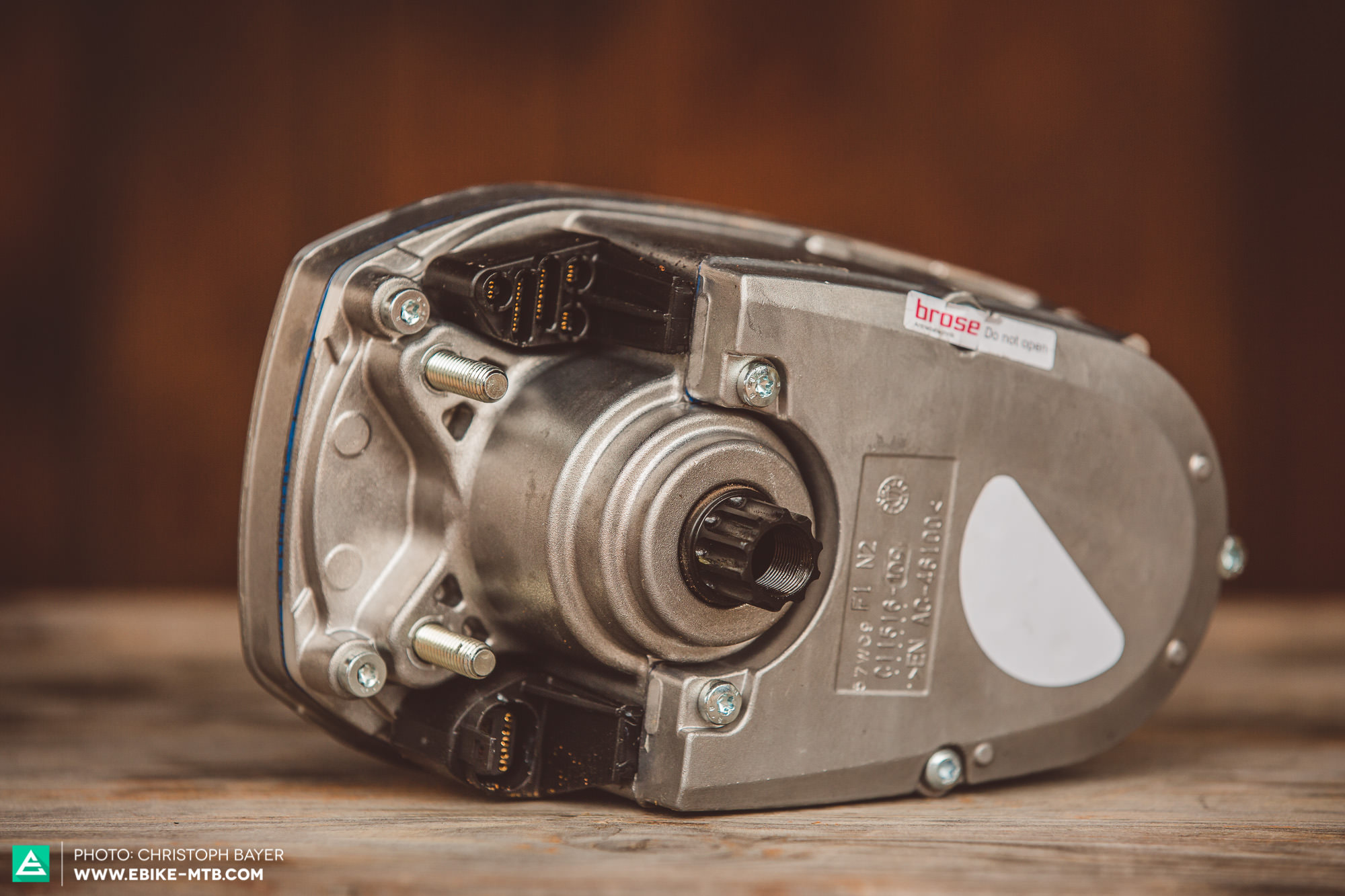Sierratim
Well-Known Member
- Region
- USA
- City
- Nevada City, CA & Paradise Valley, AZ
The Como/Vado batteries are all 36V. The total energy capacities vary by model. You can think of voltage as the electrical equivalent of water pressure and energy capacity as the equivalent of the size of a water tank. The 36V batteries then all provide the same 'pressure', but higher capacity batteries can provide this pressure for a longer time before the tank empties. So, a higher capacity battery at the 36V output won't impact motor torque, just how long it can deliver torque.Wondering, re the Brose 1.2 and 1.3 motors, I've seen videos that compare the two motors, they are identical. Really doubt Brose runs two different assy lines to make this motor, and I think they are the same. And maybe the increased torque rating is due to the larger battery? And possibly different tune, but the updates are the same across the line so even doubt there are different 'tunes'. So the difference would be just bigger batteries to provide more 'gas'.
Maybe?
Vado batteries are interchangeable between models, regardless of capacity. Putting a 600Wh Vado 5 battery in a Vado 4 won't change the motor torque in the Vado 4, just how long it can provide torque.
Motor torque can be impacted by small changes in design, such as reducing the number of turns of wire. Same assembly line, just a small code change in the winding machine setup. Torque can also be impacted by firmware in the motor. Hard to say which approach Specialized uses, but they do say they 'tune' their motors for street, etc.
Have you seen any specs that compare the weight for the various motors? This could help understand any physical differences between the models.
